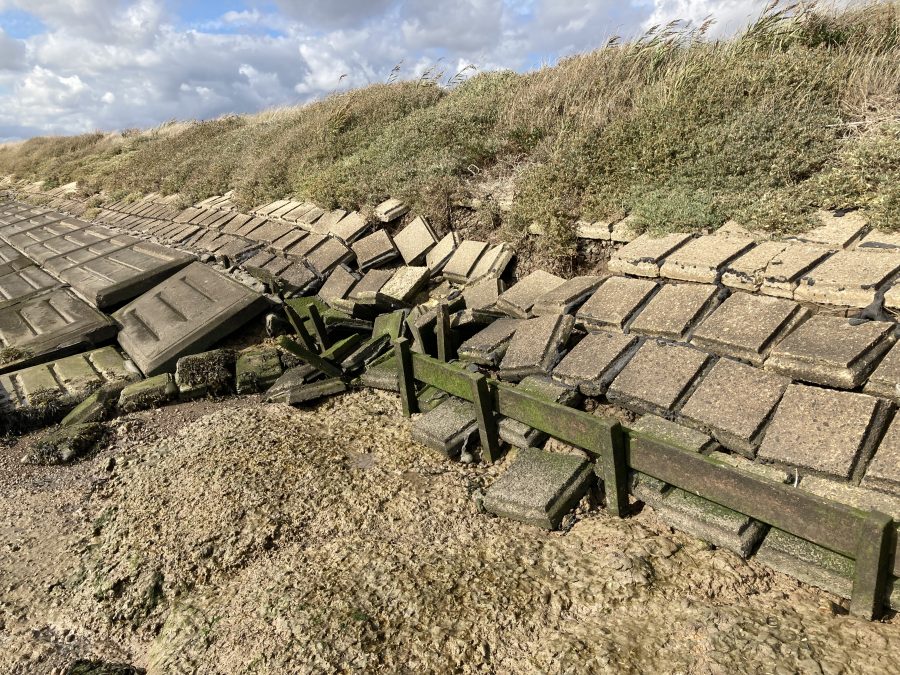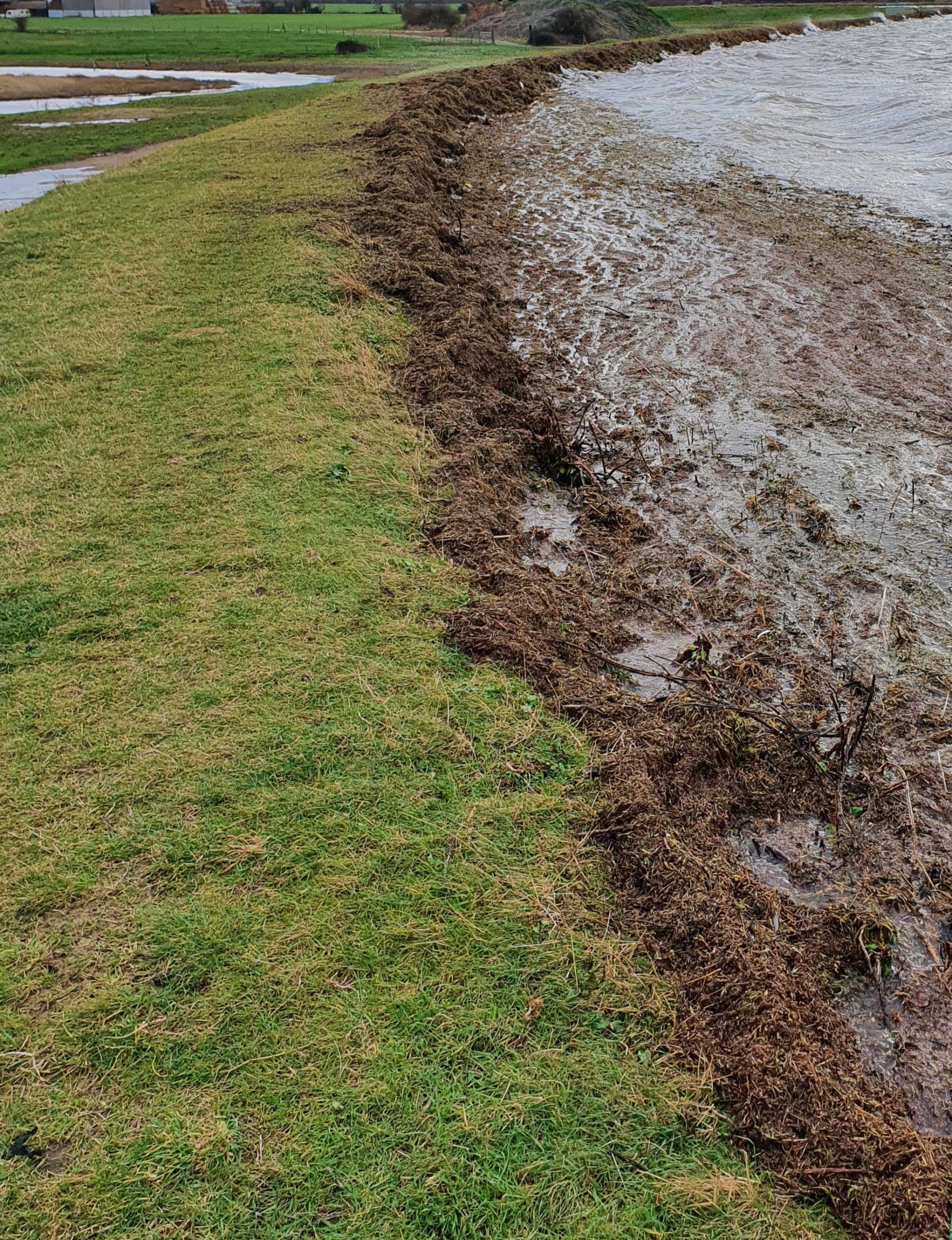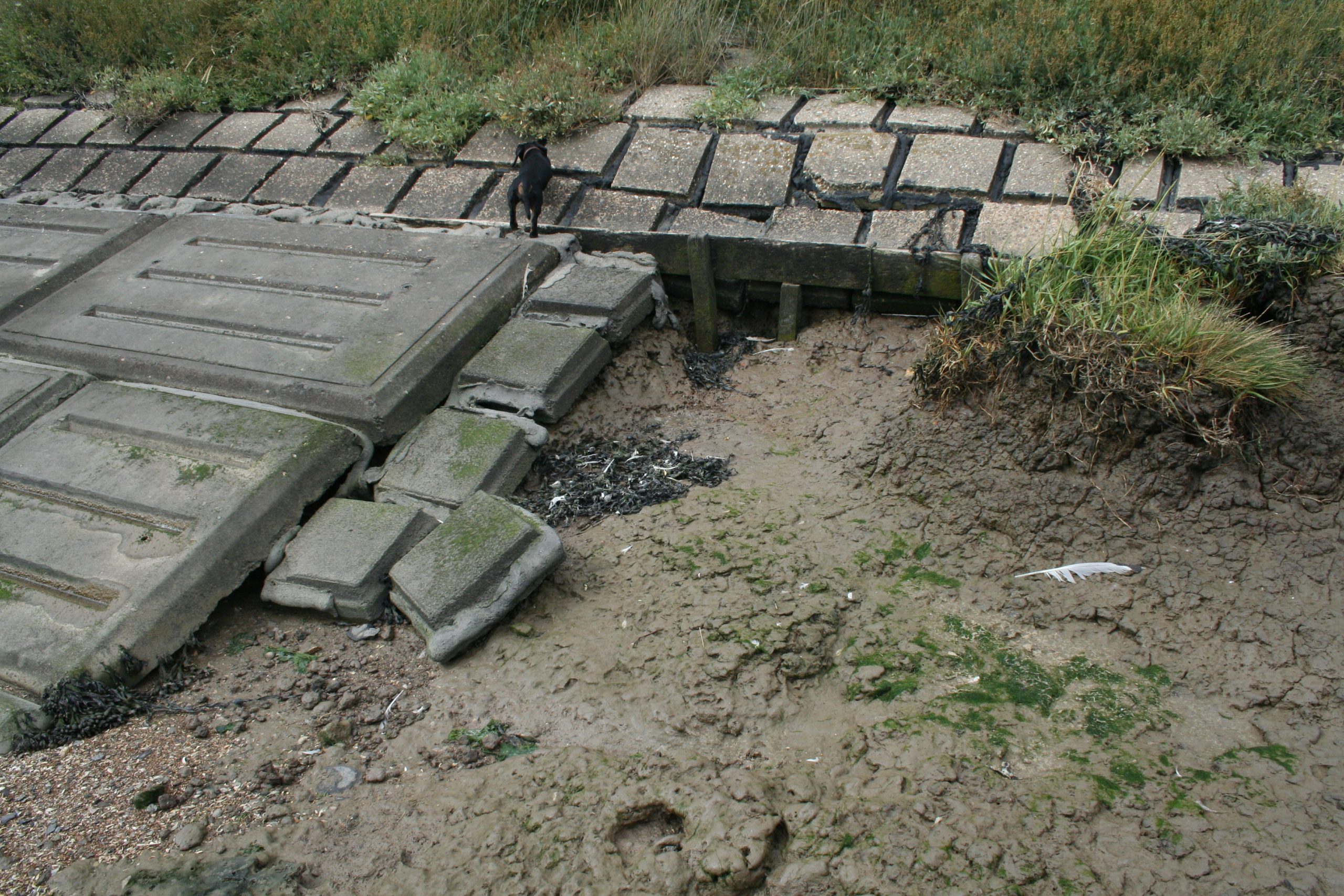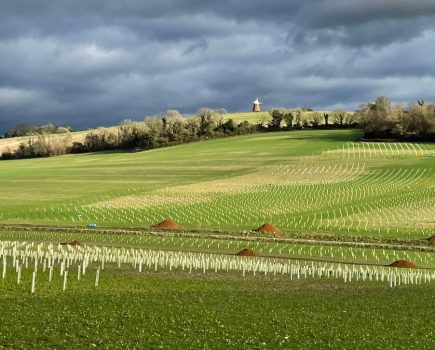The serene and open beauty of the low-lying lands along the Essex coastal estuaries and creeks are beloved by many, but of course the farmers who make their living from this area are always worried about flooding, writes Richard Shepherd-Barron.
Many of the older farmers from earlier generations will have vivid memories of the disastrous storm surge of 1953 and the havoc, damage and deaths that ensued.
A huge amount of work has been put into improving coastal defences over subsequent years, but these sea walls require constant maintenance, particularly as a result of the Harwich Haven shipping channel maintenance dredging which has removed somewhere in the region of one million tonnes of suspended sediment transport flow, leading to saltmarsh loss.
In addition, the England Coastal Path along the clay flood banks that rely on grass cover for their surface stability will be at risk from the projected steady rise of sea levels of a metre over the next 80 years.
These issues underscore the need for cooperation between local farmers and landowners and the Environment Agency (EA) to ensure the correct usage of the £1 million General Drainage Charge that is taken from Essex farmers annually.
Andrew St Joseph, chairman and general co-ordinator of the Essex Coastal Organisation (ECO), explained recently that the organisation was established originally as a farmers’ group to look at and challenge the withdrawal of sea wall maintenance policies by the Environment Agency. Nowadays it is a much larger and more influential organisation, funded by subscriptions and representing the majority of farmers and landowners in the Essex coastal areas.
ECO has become an important voice in promoting a close working relationship between the EA and landowners, as well as providing data on saltmarsh erosion, thus enabling the agency to use more accurate information. In addition, ECO has tested more cost-effective and efficient maintenance materials and methodology to reduce the costs of the sea defences.
One aspect of the material usage issue is the large amounts of clay (ideal for sea wall maintenance and construction) that becomes available from various building projects in Essex and that gives the contractors disposal problems. Andrew St Joseph commented: “Under perverse modern regulations, this material becomes classified as waste once dug up out of the footings on the building sites, although it can be used after a lot of arguments. There are also issues with regulators; while using waste clay to reinforce and raise existing sea defences would seem to be an obvious way forward, there are some influential parties who would wish for the existing defences to be removed and for the sea to reclaim the land.”
It is important to remember that it is the farmers’ land that is protected and ultimately they own the sea defences and are responsible for them. The EA is there to help, but the agency has many calls on its budget and is not obliged by law to carry out this work.
The economics of flood risk management along the whole of the east coast are becoming more challenging year by year. Most farmers in these regions are fully aware that they need to be involved in maximising the defence of their low-lying land. As the impact of global warming increases year on year, it is important to remember that warm water has more volume than cold water; combine this with the fact that the east of England is sinking slowly and preparation for significant flood events needs to be in people’s minds.
- 1.2 metre storm surge weakens clay seawall
- Foulness Flood 1953
- Two year decline at Paglesham










